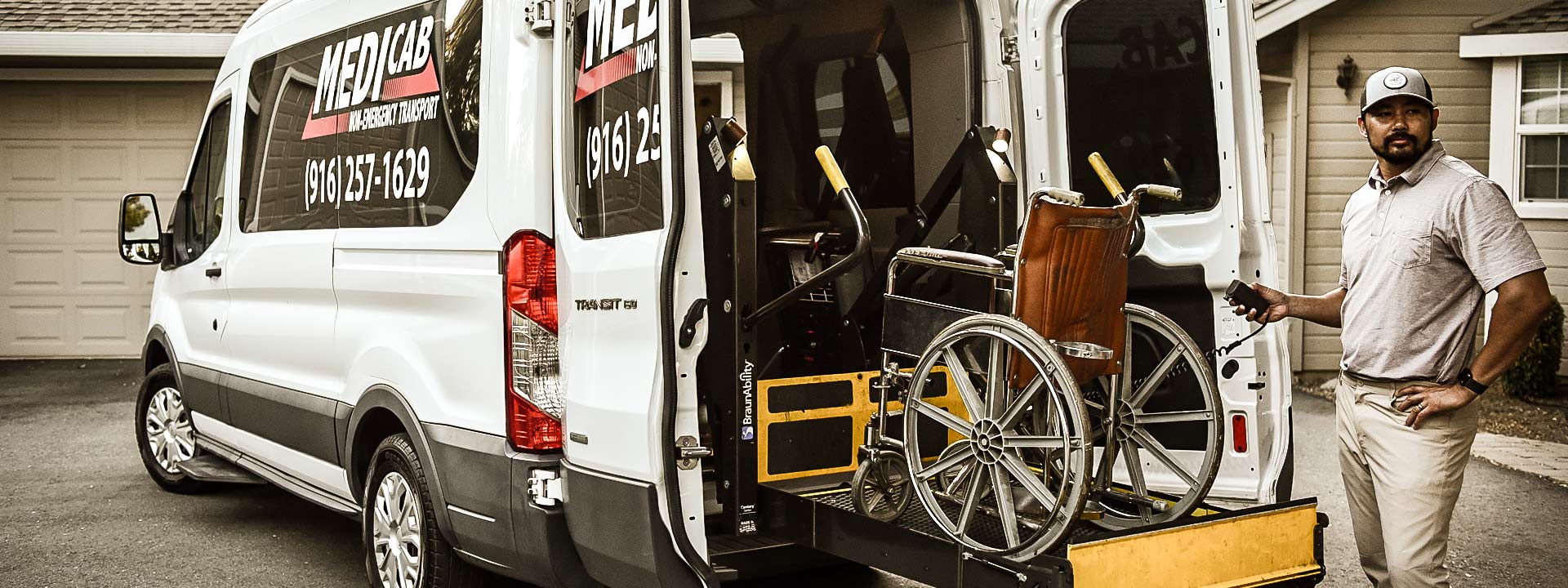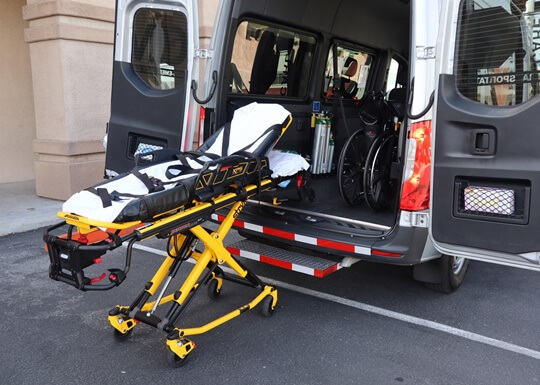Streamlined Medical Transportation Services Near Me: Ensuring Comfort and Treatment
Streamlined Medical Transportation Services Near Me: Ensuring Comfort and Treatment
Blog Article
Available and Affordable Medical Transport Options for Seamless Health Assistance
In the realm of health care, the accessibility and cost of medical transportation are critical in guaranteeing people can access the care they require when they need it. From non-emergency clinical transportation solutions to cutting-edge solutions like telehealth, the landscape of clinical transportation is evolving to fulfill the diverse demands of patients.
Non-Emergency Medical Transportation Provider

These solutions are staffed by qualified professionals who prioritize person comfort and safety and security during transportation. Drivers are furnished to deal with individuals with varying medical needs and make sure that all journeys are trouble-free and smooth - Medical Transportation Services Near Me. Furthermore, non-emergency medical transportation services frequently use specialized cars that are wheelchair-accessible, making them appropriate for a vast array of people with different mobility needs
Volunteer Driver Programs
Volunteer driver programs contribute in offering transportation aid for individuals in need of non-urgent treatment. These programs rely upon the kindness of volunteers that donate their time and vehicles to help transportation clients to and from medical visits. By using volunteer motorists, organizations can supply an affordable solution for people who might not have access to trustworthy transportation.
Among the crucial advantages of volunteer motorist programs is the individualized care and focus that patients get. Unlike conventional transport services, volunteer chauffeurs frequently create a connection with the people they help, creating a encouraging and caring atmosphere during what can be a stressful time. Furthermore, volunteer chauffeur programs can aid bridge the space for people staying in rural or underserved locations where public transport alternatives might be limited.
Mass Transit Options

Among the key advantages of public transport is its extensive availability in city and rural locations alike. This substantial network permits people from diverse histories to take a trip to clinical consultations with relative ease. Furthermore, public transport systems are often furnished to fit individuals with handicaps, supplying obtainable travel options for those with flexibility difficulties.

Ride-Sharing and Transport Network Firms
The evolution of contemporary transportation alternatives for clinical purposes extends past typical public systems like trains and buses to incorporate the ingenious realm of ride-sharing and transport network firms. Ride-sharing services such as Uber and Lyft have reinvented the means people take a trip to clinical consultations, providing ease and flexibility to individuals that may not have accessibility to their cars or traditional public transport. These platforms permit users to request a trip with the touch of a switch on their smartphones, giving door-to-door service that can be especially helpful for people with movement challenges or those requiring help.
Transport network companies (TNCs) have additionally played a significant duty in linking the gap in clinical transportation services. Firms you can try these out like Veyo and RoundTrip focus on non-emergency clinical transport, dealing with clients who need a greater degree helpful throughout their trips to medical facilities. By partnering with medical care service providers and insurance providers, TNCs ensure that clients can access dependable and prompt transportation services, inevitably contributing to enhanced health and wellness results and client fulfillment.
Telehealth and Online Appointments
Enhancing health care ease of access and benefit, telehealth and digital appointments have become pivotal components in contemporary medical techniques, reinventing the way clients communicate with health care providers. Telehealth leverages technology to facilitate remote communication in between people and health care specialists, using a wide range of services such as online appointments, remote monitoring, and electronic prescriptions. Online consultations enable individuals to look for clinical guidance, medical diagnosis, and treatment from the comfort of their homes, removing the need for physical sees to health care facilities. This technique not only saves time and decreases transportation prices for clients but likewise boosts the general performance of health care distribution.
Additionally, telehealth plays a crucial function here are the findings in prolonging clinical services to underserved communities, backwoods, and people with minimal wheelchair. By breaking down geographical obstacles and increasing health care outreach, telehealth advertises very early treatment, continuity of treatment, and client involvement. As modern technology remains to advancement, telehealth is poised to play an increasingly significant duty fit the future of medical care distribution, promoting better wellness outcomes and individual fulfillment.
Conclusion

From non-emergency medical transportation solutions to ingenious solutions like telehealth, the landscape of medical transport is evolving to satisfy the varied needs of patients.Non-Emergency Medical Transport Provider promote the secure and prompt transport of individuals needing non-urgent medical treatment to and from health care centers.The advancement of modern transport choices for anchor clinical purposes prolongs beyond typical public systems like buses and trains to encompass the cutting-edge world of ride-sharing and transport network companies.Transportation network companies (TNCs) have actually likewise played a considerable role in connecting the space in clinical transportation services. Non-Emergency Medical Transportation Providers, Volunteer Chauffeur Programs, Public Transport Options, Ride-Sharing and Transportation Network Companies, and Telehealth and Virtual Consultations all play a critical function in addressing transport barriers to healthcare accessibility.
Report this page